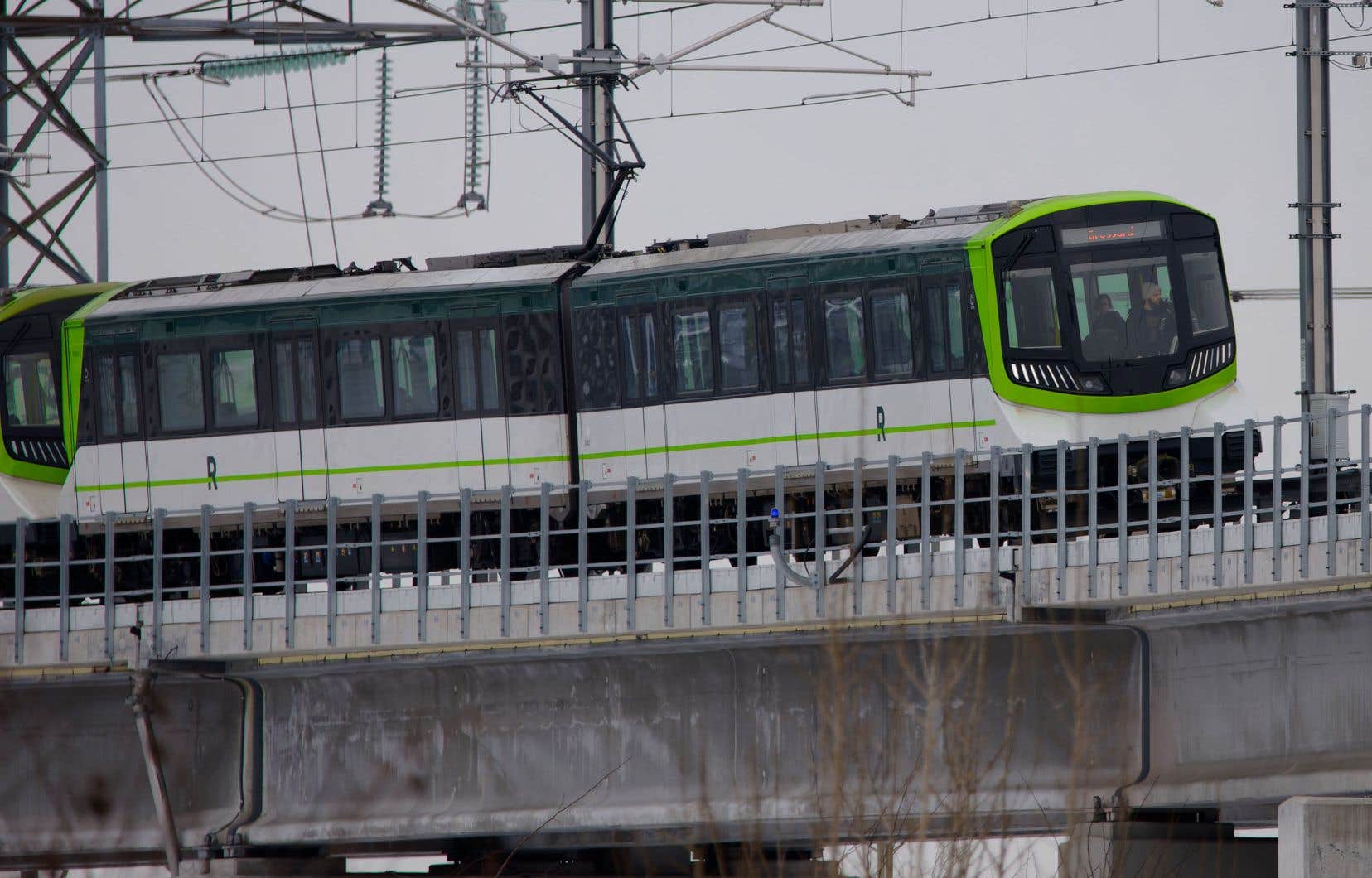In Quebec, public transportation projects are undermined by a lack of planning. In addition to being expensive, they do not necessarily meet real travel needs, notes Jacques Roy, professor at HEC Montréal, in a critical analysis of the implementation of public transportation projects. His observations made him particularly doubt the relevance of a train link to the Montreal-Trudeau airport.
“We tend to be a little messy and quickly jump to resources without having taken the time to properly identify the needs,” summarizes Jacques Roy, full professor in the Department of Operations and Logistics Management at HEC Montréal, in an interview. “We get a lot of excitement around the routes and technologies. Our business people go to Europe and come back saying, “They have trams. We don’t have any. How come ?” This is often what triggers reflections, rather than a good analysis of needs. Things get off to a bad start because we base ourselves on bad assumptions and that often leads us down the wrong path. »
In a report published by the Center on Productivity and Prosperity – Walter J. Somers Foundation, Jacques Roy looked at the numerous transportation projects in progress or in preparation: tramways in Quebec and Gatineau, metro extensions de Montréal, Réseau express métropolitain (REM), third Quebec-Lévis link as well as a multitude of projects still on the drawing board.
Cost overruns, like completion delays, are frequent, either because planning was deficient or governance was problematic, such as the REM de l’Ouest (cost overrun of 45% compared to to the initial project), the extension of the blue metro line (64%), the Quebec tramway (154%) or the Pie-IX SRB (207%). The picture is not very rosy, but Quebec does not have a monopoly in this area, tempers Jacques Roy. Researchers from the University of Oxford looked at 16,000 projects in 136 countries across various fields and concluded that 52.5% of them experienced cost overruns and just 8.5% of projects had respected both the planned budget and schedule.
The fact remains that in Quebec, we focus more on preferred modes than on real needs, believes Jacques Roy. He cites the case of the third link in Quebec. “We left quickly [avec l’idée] that we needed a third link: a big tunnel, the biggest in the world, two tunnels, a bridge. Once again, it’s average. »
A train to the airport
In this regard, the example of the rail shuttle between Montreal-Trudeau airport and the city center is eloquent, according to the expert. In the past, multiple studies have demonstrated that such infrastructure was not economically justified, he recalls. However, the airport authorities never wanted to give it up. The 747 shuttle, with its 5,300 daily passengers, is popular and represents a cheap solution. The development of reserved lanes could have improved efficiency, he argues. Instead, it will disappear with the arrival of the REM when the airport station will be built in 2027 at a cost of 600 million.
A rail shuttle may be justified when the airport is far from the city center, as is the case in Oslo, Norway, he explains, but not when it is located in relative proximity as in Dorval. “In Europe there are trains to airports, but in North America there aren’t many. Only 12 cities have them,” argues Mr. Roy. “If we had asked ourselves the best way to access the airport, we would surely have found other, more efficient and less expensive solutions. »
On the other hand, the REM will have the advantage of connecting the airport to several sectors of the metropolitan region, he emphasizes. “People from Brossard or Deux-Montagnes will be able to fly with the REM. In that sense, it is an improvement in the service. »
Improvisation in governance
Quebec is also grappling with a governance problem in project planning. In the Montreal region, the Regional Metropolitan Transport Authority (ARTM) has had this mandate since 2017, but it has been bypassed by the Caisse de dépôt et placement du Québec (CDPQ) and its REM. It also suffers from a credibility problem, believes Mr. Roy. In Quebec, where no such organization exists, the City took charge of the tramway project, before the government decided to entrust this file and that of the third link to CDPQ Infra.
However, the implementation of real integrated transport plans is essential. The agency that the Minister of Transport, Geneviève Guilbault, wishes to create will not solve the planning problem since this organization will have the mandate to carry out projects, and not to do planning, believes Jacques Roy.
It is possible to successfully complete large-scale projects, as the Samuel-De Champlain Bridge demonstrated, but the researcher believes that there is reason to be concerned about the decisions taken for public transport. The wise choices are not necessarily the most prestigious. “We are not rich. A good punctual bus system doesn’t make for great ribbon cutting ceremonies, but if it meets the needs, why not? »
